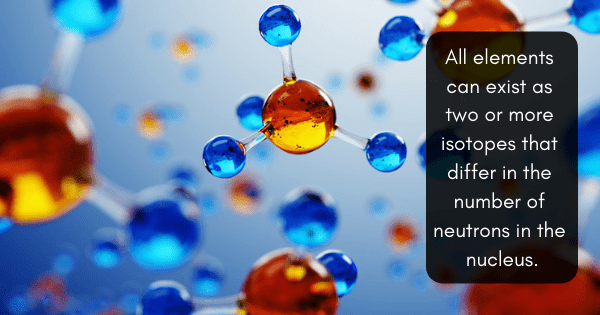
Every day, scientific advancements are being made. From new treatments to innovative diagnostic tools, the world of medicine is constantly changing; radiolabeling is at the forefront of these remarkable developments, especially where cancer is concerned.
Cancer is notoriously hard to treat without harming the rest of the body's organs and systems -- this is why chemotherapy and radiation have such devastating side effects. Through the use of radiolabeled compounds, scientists can target the cancerous tumors and cells specifically, rather than being forced to bombard the entire body with toxic chemicals and radiation. One research team decided to focus on head and neck squamous cell cancer which causes tumors to form in the mouth and throat.
This unique type of cancer cell contains the human epidermal growth factor receptor 1 (EGFR) as its dominant signaling molecule; there is only one antibody that is able to target this molecule but, unfortunately, attempts to define a predictive biomarker to prove its effectiveness have been unsuccessful. The research team hypothesized that imaging with EGFR-specific radioligands (radiolabeled ligands, or molecules that bind to another, usually larger, molecule) may provide a noninvasive way to measure EGFR expression across the entire tumor; at the same time, it would allow for dynamic monitoring of any changed in the receptor expression. Basically, it would tell them what effect the antibody was having on the squamous cancer cells.
All elements can exist as two or more isotopes that differ in the number of neutrons in the nucleus; for the purposes of their experiment, the researchers used 89Zr (zirconium) and 18F (fluorine), although C14 radiolabeling is also a common choice. After radiolabeling the EGFR-specific Affibody molecule (ZEGFR:03115), they discovered that radioconjugates of the molecule are able to assess different levels of EGFR and measure receptor expression changes in response to the antibody. In short, they were successful! This could mean that their developments can be used for assessing adequate treatment dosing with anti-EGFR antibodies.
Since anything that improves the chances of cancer patients is a win, this discovery is definitely positive. Hopefully, more scientists will be able to make even greater strides in this industry, whether they use 14C labeling or 89Zr.
